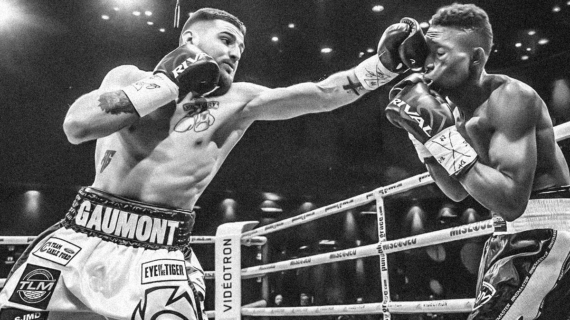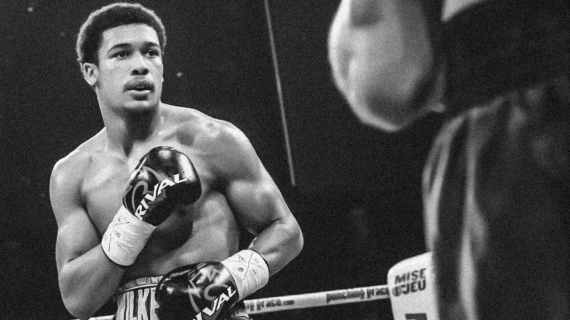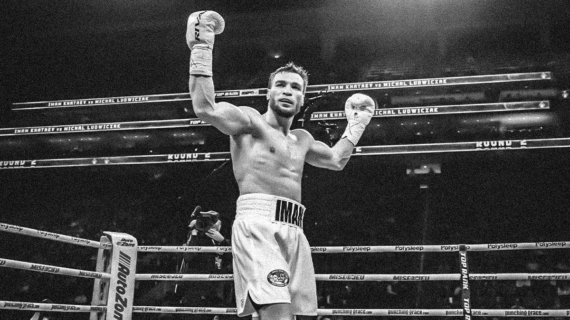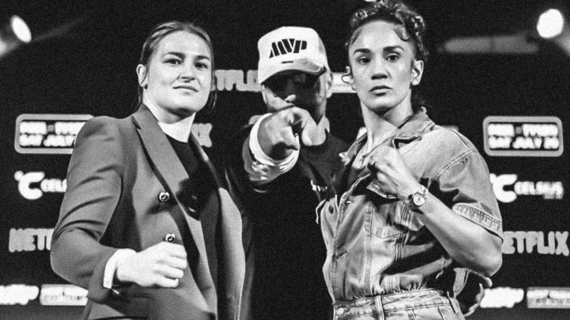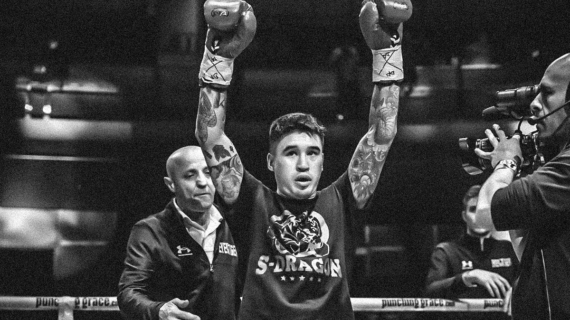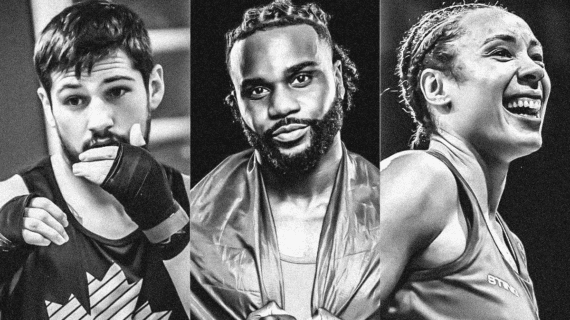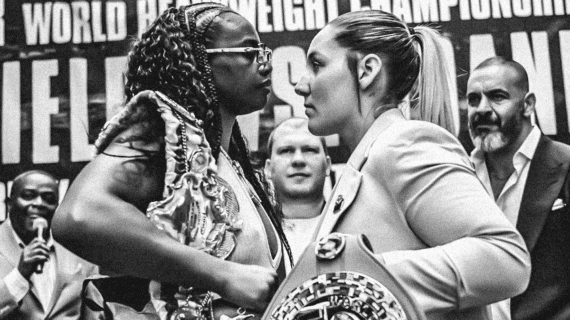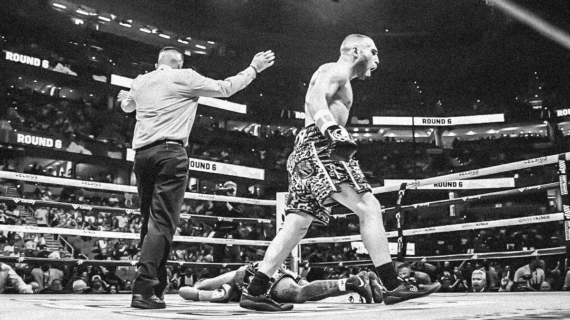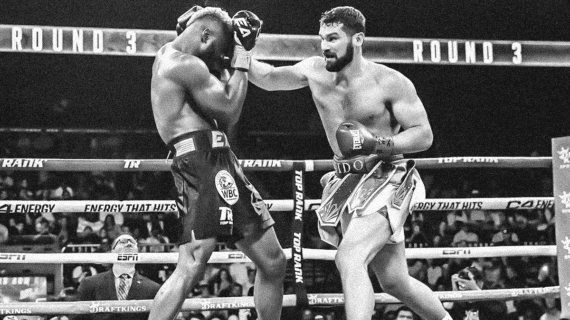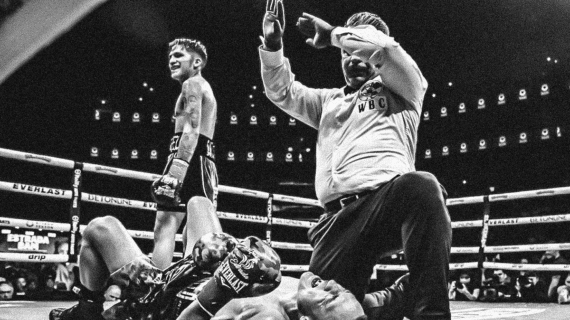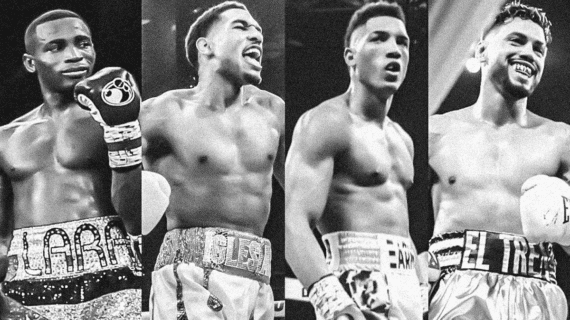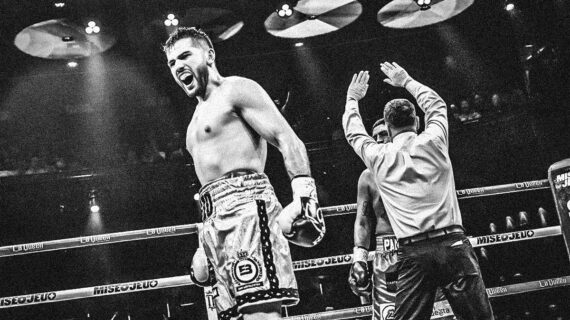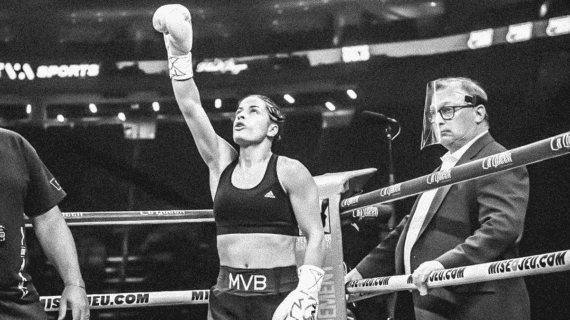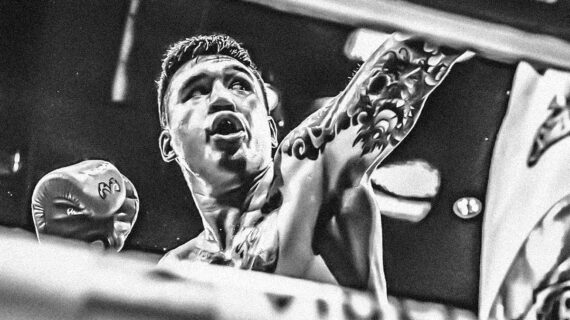Photo: MVP/Netflix – This past weekend, pop culture tapped into its most reliable renewable resource: A Mike Tyson comeback.
For the better part of thirty years, a Tyson return has been successfully sold to the public. Whether it was his comeback from his loss to Buster Douglas, a return from prison, or a series of ring rebirths after losses to opposition that diminished as the years went on, the well never ran dry. Even when Tyson in one of his darker periods came back to fight Corey Sanders in headgear on pay-per-view, people still tuned in.
But it’s the comeback story he’s forged outside of the ring that made his latest return more successful than them all.
By almost every metric, it was one of the most successful boxing events of all-time, as he fought Jake Paul at Cowboys Stadium in Dallas, TX live on Netflix. Tyson’s pitfalls and transgressions have been well-documented, some of them accounted for through jail time. Subsequently, his traumas have been well-documented, from his horrific beginnings in Brownsville to the pillaging of his wealth by hangers-on to more recent familial tragedies. Despite it all, Tyson has managed the turnaround from the reputation as the baddest man on the planet in every sense to the beloved stoner uncle who can be in everything from kids cartoons to car commercials.
Iron Mike is the man everyone can seem to agree upon. Tyson can be the avatar for whatever you need him to be, whatever belief system you subscribe to. Scroll through your timeline, and a Tyson clip or quote will be the accompaniment for everything from memes pushing masculine ideals to veganism, religion to political uprising.
It’s easy to say that the success of this event is simply because a large number of people are foolish, and certainly, there is truth in that. One did not need to be a boxing savant to understand that a 58-year old man months removed from a debilitating ulcer flare-up and just a few more months removed from walking with a cane was likely not going to beat a 27-year old in his physical prime. Indeed, there were people who worked themselves into a shoot, to borrow pro wrestling parlance, and over-thought how good senior citizen Tyson could reasonably be, but also how much of a novice Paul was.
For others, Mike will always be Prime Mike, no matter how old he gets. It’s why for years before this fight, or even his exhibition against Roy Jones, the same clips of Tyson hitting the mitts in the gym went viral, with varying captions to the degree of “IRON MIKE LOOKS FRIGHTENING!” and a comments section discussing which current fighters he would destroy—not back in the day, but presently.
Ultimately, Tyson in 2024 represents our imagination, our desire to find hope beyond the limits of reason. Part of it is the enduring mythology of Tyson, but beyond that, it’s everyone’s desire to believe that a comeback is always possible, from anything. Tyson has been, or should have been “done” in a million different ways—prison, drugs, booze, bad health, age—and yet he’s still around, with a fully rehabilitated image and back in the ring.
As Tyson walked to the ring on Friday night, a good chunk of 60 million people and more than 70,000 inside the stadium itself felt the same feeling in their bodies. The anticipation that only a boxing spectacle can provide, the cocktail of fear and hope that only a solo, black towel-laden Mike Tyson striding to the ring to New York boom bap can evoke.
The signs were there that this wasn’t going to be the miraculous comeuppance of the influencer-turned-boxer millions had fantasized about even in the ring walk. A little stutter step that nearly topped him over, drawing attention to the brace on his knee. The icy gaze, once only fixated on his opponent as he made his way down the aisle, was now fixed on the ground in front of him—perhaps watching his step, perhaps locked in a cycle of self-doubt.
But even when the signs of aging, and with it the reality that a Tyson knockout wasn’t coming, became abundantly clear after the first round, the lesson many people wanted to take away from what they were watching was not that they were marks who had been duped, but that there was a greater victory Tyson was fighting for.
“That’s what people respect,” Tyson once said. “The fact that I wasn’t a chump that laid on his back and gave up.”
The reality is, Tyson did give up, the last time we saw him in a sanctioned professional bout, against Kevin McBride. In his post-fight interview that night, he expressed shame over embarrassing the sport, and apologized to the fans. On this night, he likely knew at a certain point that his chances of beating Paul were slim, but he went the distance nonetheless.
It was Rocky in real life in that sense. He is the American comeback story everyone wants to believe in, and until he’s literally in the ground, he’ll be the north star for whatever far-fetched dream people want to believe in.
Tyson’s comeback as a beloved pop culture figure can certainly be studied on a deeper level. Some of it may be the admiration for Tyson’s willing vulnerability on the microphone on his podcast and in various interviews, for others it may be a reckoning, an apology of sorts for the monster that Tyson represented for so long, for the many hands that reached into his pockets over the years.
On a simpler level, a Mike Tyson fight is something nearly everyone has a story about—and that’s even more true this week than it was last week. Everyone has a story about getting together for a Tyson fight, in your family’s basement, at the bar, in the barber shop, wherever it might have been. Tyson fights have been signpost moments in people’s lives since the 1980s, the moments and the gatherings you can place in time immediately.
In an increasingly fragmented entertainment world, very few people have the power to create monoculture, and Tyson is one of them. All credit is due to Paul for being the mastermind of this event, but make no mistake, 60 million people would not have tuned in to see Paul fight anyone else.
Mike Tyson might not have the power to knock out Jake Paul anymore, but he still had the power to make the world stop, all walks of life focused on the same thing, dreaming the same dream for a few hours. For millions of people, Tyson has never lost, because he’s never accepted defeat as a failure. Even a red stain on his BoxRec with Jake Paul’s name next to it hasn’t changed that.





















